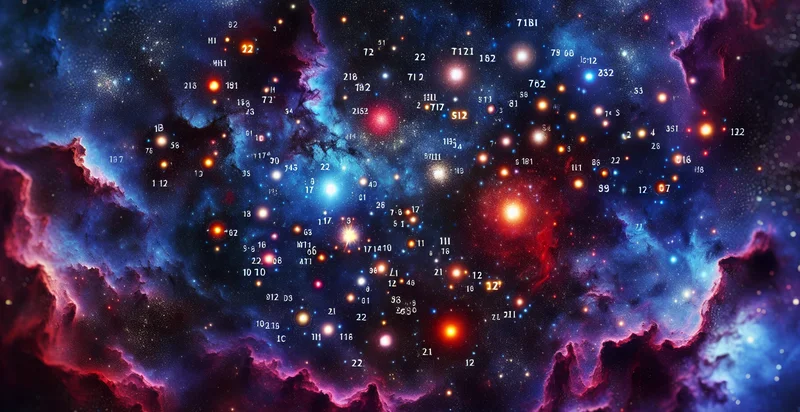Identify stellar designation
using AI
Below is a free classifier to identify stellar designation. Just input your text, and our AI will predict what the stellar designation of the celestial object is - in just seconds.

Contact us for API access
Or, use Nyckel to build highly-accurate custom classifiers in just minutes. No PhD required.
Get started
import nyckel
credentials = nyckel.Credentials("YOUR_CLIENT_ID", "YOUR_CLIENT_SECRET")
nyckel.invoke("stellar-designation", "your_text_here", credentials)
fetch('https://www.nyckel.com/v1/functions/stellar-designation/invoke', {
method: 'POST',
headers: {
'Authorization': 'Bearer ' + 'YOUR_BEARER_TOKEN',
'Content-Type': 'application/json',
},
body: JSON.stringify(
{"data": "your_text_here"}
)
})
.then(response => response.json())
.then(data => console.log(data));
curl -X POST \
-H "Content-Type: application/json" \
-H "Authorization: Bearer YOUR_BEARER_TOKEN" \
-d '{"data": "your_text_here"}' \
https://www.nyckel.com/v1/functions/stellar-designation/invoke
How this classifier works
To start, input the text that you'd like analyzed. Our AI tool will then predict what the stellar designation of the celestial object is.
This pretrained text model uses a Nyckel-created dataset and has 27 labels, including Asteroid Designation, Bayer, Bright Star Designation, Catalog, Code, Comet Designation, Common Name, Constellation Designation, Designator and Exoplanet Designation.
We'll also show a confidence score (the higher the number, the more confident the AI model is around what the stellar designation of the celestial object is).
Whether you're just curious or building stellar designation detection into your application, we hope our classifier proves helpful.
Related Classifiers
Need to identify stellar designation at scale?
Get API or Zapier access to this classifier for free. It's perfect for:
- Astronomical Database Management: The 'stellar designation' identifier can enhance large astronomical databases by categorizing celestial objects accurately. This ensures that researchers can quickly access reliable information on stars, planets, and other astronomical entities based on their designated classifications.
- Space Mission Planning: Space agencies can utilize this function to filter and identify relevant celestial bodies for future missions. By accurately classifying stellar designations, mission planners can prioritize targets that have the most scientific value or resource potential.
- Educational Tools Development: Educational platforms can integrate the 'stellar designation' identifier to create interactive learning tools about astronomy. This function will categorize stars and celestial objects, making it easier for students and educators to explore and understand the universe.
- Astronomy Software Optimization: Software developers in the astronomy field can implement the classification function to improve data visualization tools. By accurately identifying stellar designations, users can better analyze and interpret astronomical data, enhancing the overall user experience.
- Astrobiology Research: Researchers studying the potential for extraterrestrial life can employ this identifier to filter stellar classifications linked to habitable zones. By focusing on specific star types, scientists can prioritize their searches for exoplanets in these valuable regions.
- Telescope Data Analysis: Observatories can leverage the 'stellar designation' identifier to streamline the analysis of telescope data. This ensures that observations are correctly classified, reducing the chances of errors in data interpretation and enhancing research outcomes.
- Public Outreach and Awareness Campaigns: Non-profit organizations focused on space exploration can use the classification function to create engaging content for the public. By accurately representing different celestial designations, they can lead educational outreach programs that encourage interest and understanding of astronomy among diverse audiences.


